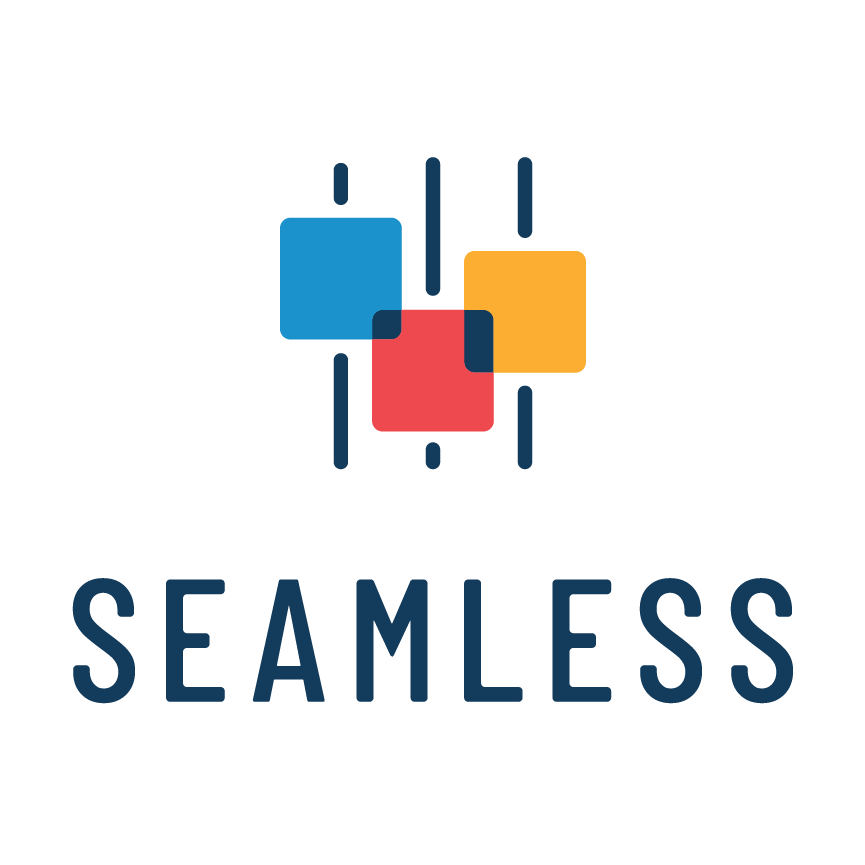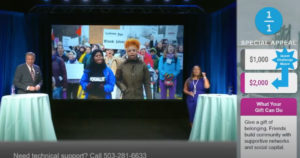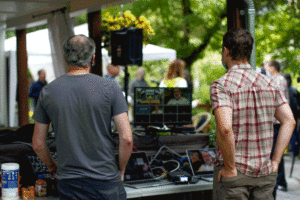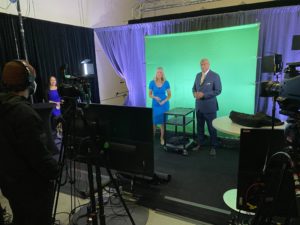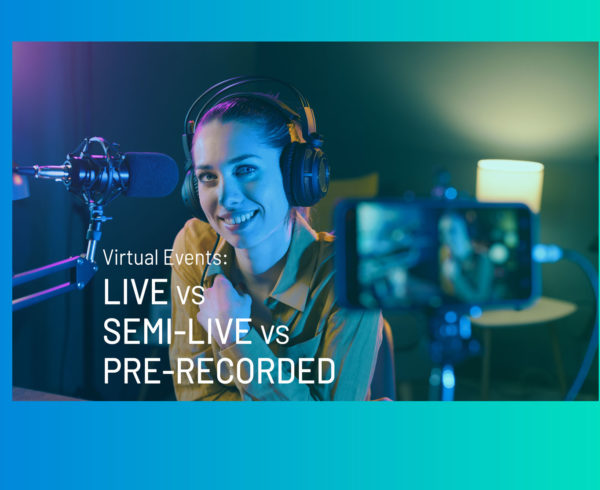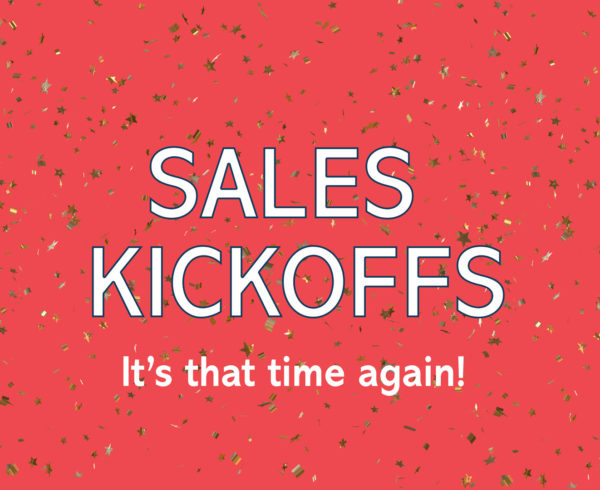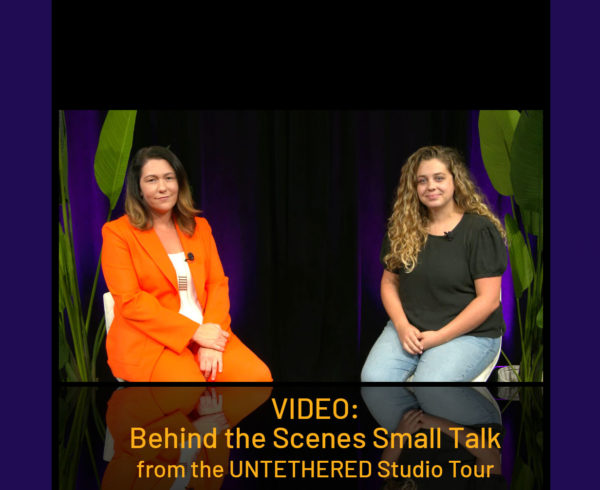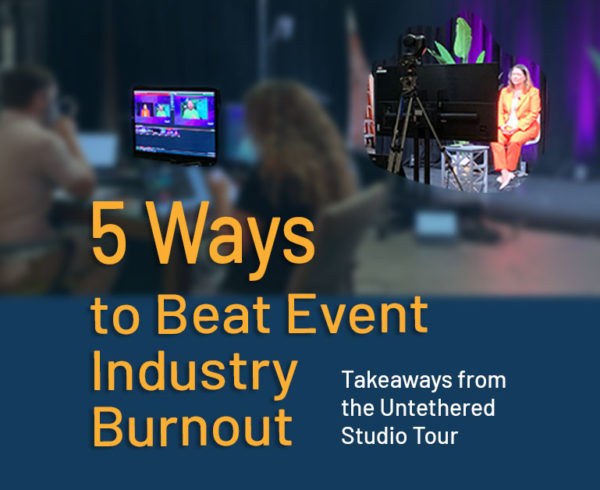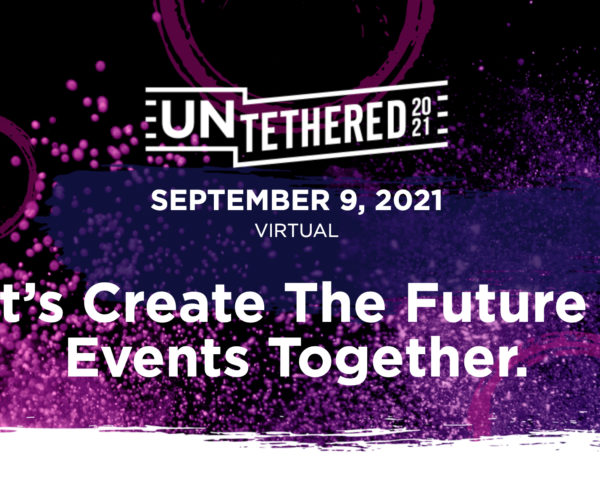As pandemic restrictions ease up, those of us in the event industry are ready to get back to holding in-person events. But are attendees ready to join us?
Understanding your audience’s preferences
Before you rework or plan your upcoming meeting or event, we recommend understanding your audience’s preferences. Travel, comfort with in-person gathering, remote viewing expectations — all come into play.
Here’s what to consider:
- What’s your attendees’ comfort level around capacity and distancing at a fully in-person event?
- How convenient will it be for attendees to gather face-to-face? Think through available food options, length of time your venue needs to clean between sessions, and how natural and safe interactions can be.
- Do you have attendees who’d participate in outdoor in-person activities, but want live-streamed content delivered to their computer or smart phone?
- Will your in-person attendees be comfortable with, versus disappointed by, any remote presenters?
- How connected do remote attendees want to feel to in-person presentations, social activities, or networking and vice versa with in-person attendees wanting to connect to the remote audience?
- Will remote attendees want to consume all content on their own time and at their own pace?
At Seamless Events, we appreciate that our clients rely on our extensive audio visual expertise; many decided to collaborate with us on virtual events when the pandemic first hit.
After more than a year of navigating evolving best practices, we’re continuing to help event planners “know what they don’t know” so they make smart AV choices for their hybrid, virtual, or socially distanced in-person meetings. Read on if you’re trying to evaluate the type of event that’s best for you.
Accommodating audience preferences requires strategic AV discussions
Your attendees hold mixed views on in-person gathering. You want to make everyone happy. What’s next?
You and your AV partner need to get strategic about how to meet the needs of your audiences early in the planning process. Having a collaborative relationship with your AV team will help you strike the right balance between event goals and budgetary constraints.
“If you want ‘same but different’ experiences that unite a community, it’s important to know that the pandemic changed expectations around virtual events,” explains Seamless CEO Laurel Miller. Event industry experts have learned that virtual event attendees:
- want to consume content when convenient
- want content that’s optimized for remote viewing
“While you can put a camera in the back of a ballroom for virtual attendees, it shows a preference for in-person attendees,” Laurel continues. Consider whether that’s the message you’re comfortable sending. If the event is split among several audience types, will trade-offs be frustrating or disappointing?
Closing the gap between in-person only and virtual-only events can take many forms
As hybrid events gain momentum, the opportunities to craft exciting attendee experiences are infinite. Laurel’s guidance for planners includes a reminder that multi-audience events have unique AV requirements. “Getting things to look right for remote attendees may require in-person attendees to make some adjustments! Your AV experts will help you place cameras, microphones, and lighting so that both your audiences benefit equally,” she notes.
Let’s take a look at a few ways you can move forward when faced with attendees who want very different types of events.
- In-person + virtual. One Seamless client found many of her prospective attendees unwilling to commit to a fully in-person experience. However, a large majority wanted to have some sense of the in-person experience they enjoyed in the past.
Brainstorming ideas with Seamless led to creating integration touchpoints; the organization’s virtual meeting will include short segments that show in-person attendees participating in the group’s traditional activities in their traditional meeting space.
- In-person + in-person remote. It’s important to question conventions that sprung up during the earlier stages of the pandemic. “In thinking through meeting logistics with a client, I had neatly divided the audience into in-person and remote,” Laurel shares. “It became obvious that there would be a third group — the ‘in-person remote’ attendees. This attendee group feels comfortable in some socially-distanced settings, but won’t sit in a room with 100-plus others for a keynote presentation.”
Collaboration with Seamless led to innovation; the event will include outdoor, socially-distanced group activities plus the ability for attendees to remote-view featured presentations and interact with speakers from their room.
- Concurrent in-person and remote attendees. Several tactics can bring your attendees together, including:
- a screen or monitors that show remote attendees to your in-person event goers
- a social media wall that’s in the physical space of the in-person event and a feature of the virtual event — this lets attendees share insights and build community
- a video wall where attendee recordings get shared both physically and virtually (in-person attendees would use a pop-up studio, while remote attendees can record on their laptops or phones)
We know the pandemic made AV planning a lot more complicated for event planners — and that hybrid events add to the complexity. Strategic thinking now, along with upcoming event tech apps, will help you span the digital divide. If you’d like a free consultation to help you better understand your AV options for in-person, virtual, or hybrid events, contact us today.
